In winter, the temperature in Istanbul fluctuates between 4 and 12 degrees Celsius, with January and February being the coldest months. This winter weather means you can discover the city in the snow, although this is becoming increasingly rare! And you’ll be dazzled by this mythical city all dressed in white. You won’t be able to stop photographing it from every angle – the Bosphorus under the snow is one of the most beautiful things you’ll ever see.
You can warm up in the many cafés and drink a hot salep, a traditional drink made from orchid seeds and cinnamon, which I’m sure will cheer you up!
Sit by the Bosphorus, drink a cup of tea or salep and enjoy…
Take your time to visit the historic buildings, immerse yourself in the many exhibitions and cultural events…
Cinemas show Turkish and international films with subtitles, providing pleasant entertainment on cold days. Istanbul in winter has a very special atmosphere, with smells and sensations that are a complete change of scenery.
Overall, it’s a great time to visit Istanbul, because although it can be cold, there are also sunny days, and above all, it’s the low tourist season, so you’ll have the city and its monuments to yourself without the crowds! Airfares and hotel prices are also lower.
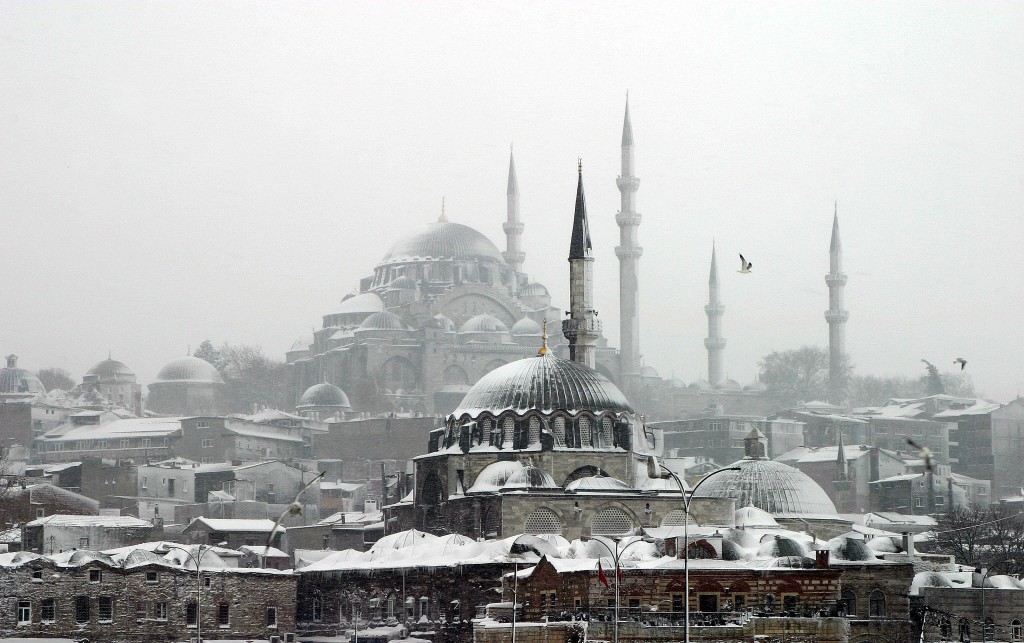
What to do in winter in Istanbul?
Here is the list of activities to do especially in winter:
DRINK SALEP OR BOZA
These are two hot drinks, very popular in Turkey, that were already consumed during the Ottoman Empire.
Salep is a Turkish hot drink made from salep powder (root orchid) and hot milk, sprinkled with cinnamon. At the time of the Ottoman Empire, it was a common drink throughout the region and even as far as England and Germany, where it was an alternative to coffee, which was expensive and not widespread at this times. It is possible to drink some at coffee shops or even in the streets where some street vendors sell it.
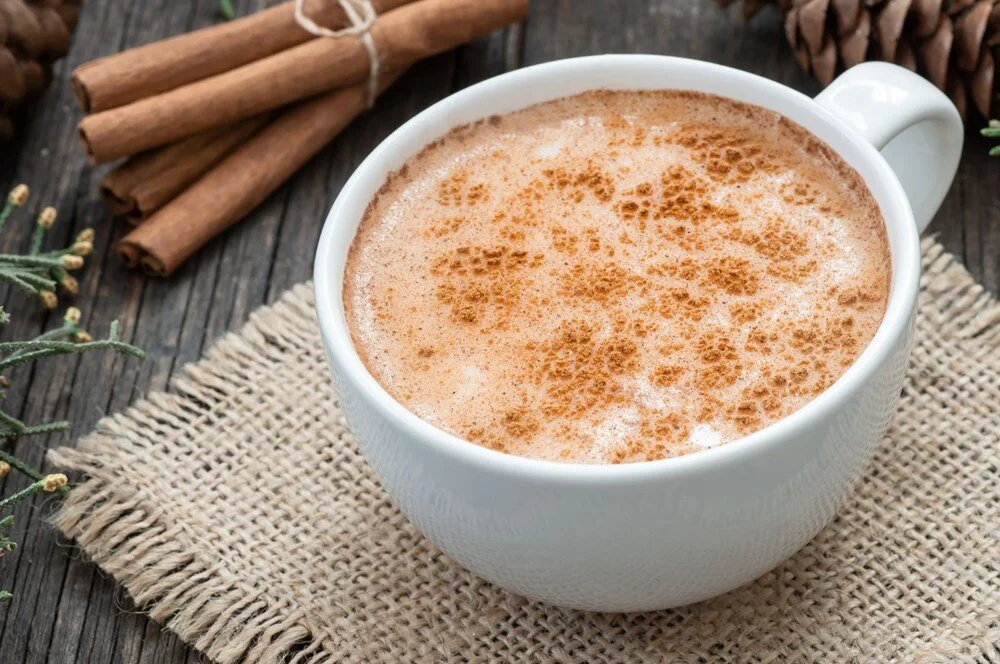
Boza is a seasonal fermented drink made from cereals (millet, wheat, bulgur, etc.), sugar, yoghurt ferments and sometimes vanilla. It is generally drunk between 15 September and 15 May, especially during the winter months. Fermentation lasts 5 days, and as with salep, some street vendors still sell it in the streets of Istanbul, recognizable by their thunderous calls: Bozaaa, bozaaaa!!! The bozacı Mehmet of Cihangir inspired Nobel Prize winner Orhan Pamuk’s book ‘A Strangeness in My Mind’ (‘Kafamda Bir Tuhaflık’ in Turkish).

One of the most famous shops selling boza is the Vefa Bozacısı shop located in the Vefa district of Istanbul. This shop has been open for over 130 years and is known as one of the best boza producers in Turkey, the setting and atmosphere will take you back in time.
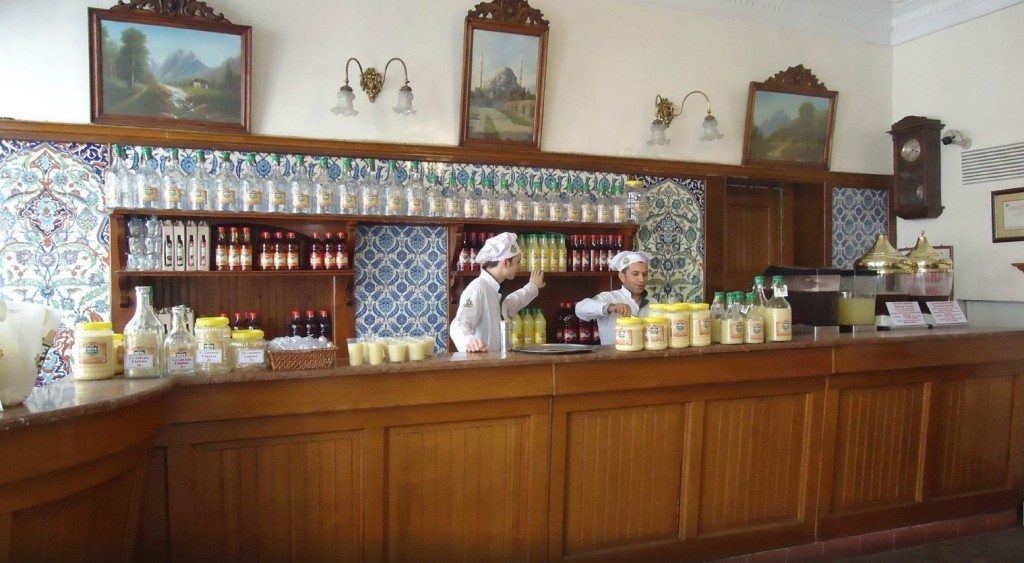
For other addresses read our article: Where to have a drink in Istanbul?
GO TO THE HAMMAM
After a cold morning walking around the city, there is nothing better than the heat of a Turkish bath and the expert hands of a masseur to end the day.
– Kılıç Ali Paşa Hamamı: It is a hammam located in the district of Tophane dating from 1590. It has just been renovated. It is really beautiful and the service is impeccable. The price for the basic formula (hammam, scrub, and massage) is 2400 TL. The only small downside of the hammam is that the hours for women and men are not the same.
Website: kilicalipasahamami.com
Address: Kemankeş Karamustafa Paşa Mh., Hamam Sk No:1, İstanbul
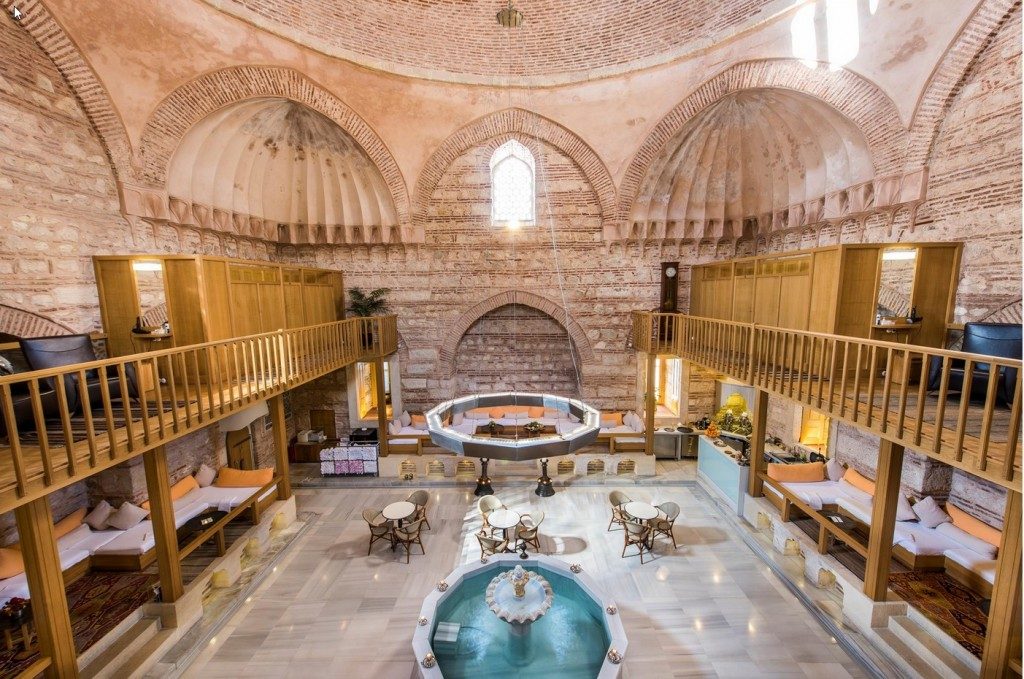
–The Çukurcuma Hamamı was built in the 1830s by the wives of Abdulhamid I. It is said that they were built using water facilities donated by Mahmud’s adoptive mother, Nakşidil Valide Sultan, who was of French origin.
In 1997, some scenes from the Italian-Turkish co-production film “Hamam”, directed by Ferzan Özpetek, were shot here. The establishment, which closed in 2007, reopened in 2018 after extensive restoration work. There is also a hotel next to the bath. Hotel Hamamhane is a place we can recommend for accommodation. In addition to its cleanliness, this bath is distinguished by the fact that it is mixed and accepts a maximum of 6 people.
Simple package at 70 euros including a massage and a scrub, lasting 40 minutes.
The cost of a 2-hour massage is €140.
Web site https://www.cukurcumahamami.com/
Address FİRUZAĞA MAHALLESİ ÇUKURCUMA CADDESİ NO : 43 , BEYOĞLU , İSTANBUL 34425
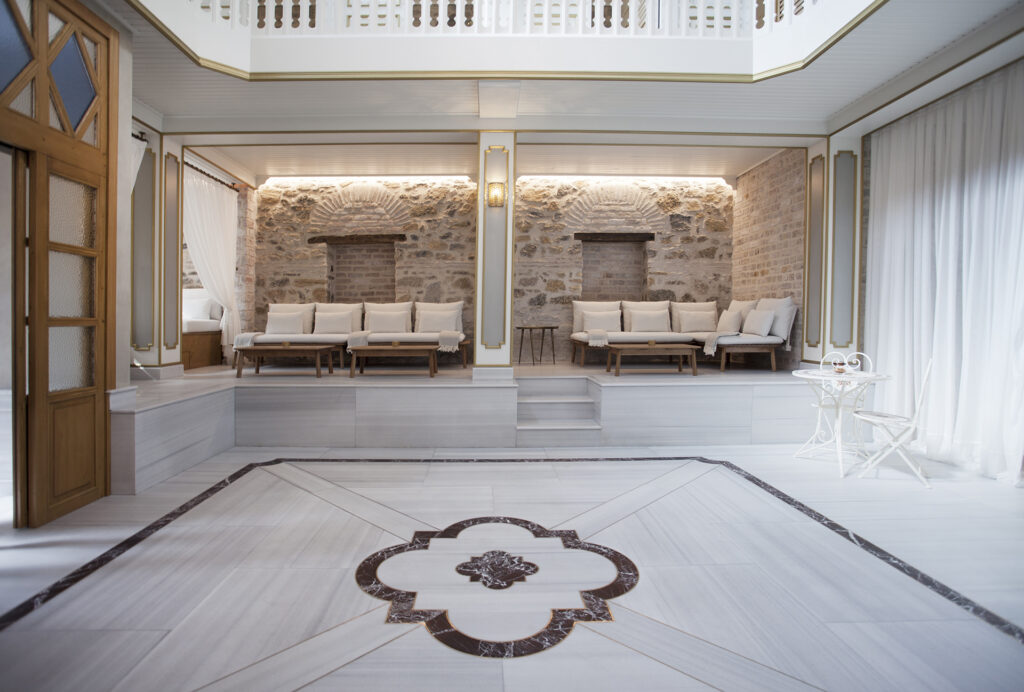
– Cağaloğlu Hamamı: Built-in 1741, it is one of the most famous Turkish hammams. The price for the basic formula (hammam, scrub, and massage) is 60 €.
Website: www.cagalogluhamami.com.tr
Address: Alemdar Mh., Cağaloğlu Hamamı Sk No:34, Fatih, İstanbul
– Süleymaniye Hamamı: Located next to the Süleymaniye Mosque, the hammam was built in 1557 by architect Sinan. It has the advantage of mixed. The price of the traditional package (hammam, scrub and massage) is 50 €.
Website: www.suleymaniyehamami.com.tr
Address: Süleymaniye Mh., Mimar Sinan Cd No:20, İstanbul
Do not hesitate to consult our selection of the most beautiful hammams in Istanbul.
SHOPPING AND CINEMA
A Shopping Adventure in Istanbul: Explore the Grand Bazaar and Much More
The Grand Bazaar is a must for any shopping trip to Istanbul. This huge market offers an endless array of gold, silver and costume jewellery, diamonds, beautiful carpets, stylish (if sometimes counterfeit) bags, souvenirs steeped in history, and much more. Don’t hesitate to try your hand at the art of bargaining, as all the vendors, with a touch of French, are ready to seduce you with their treasures.
Explore the small alleyways around the Grand Bazaar, where you’ll find shops competing with each other for a variety of items, often at more competitive prices than those in the main market. Don’t forget to venture around the Spice Bazaar, a firm favourite with the locals, attracting customers ranging from wholesalers to artists, photographers to small vendors from Anatolia.
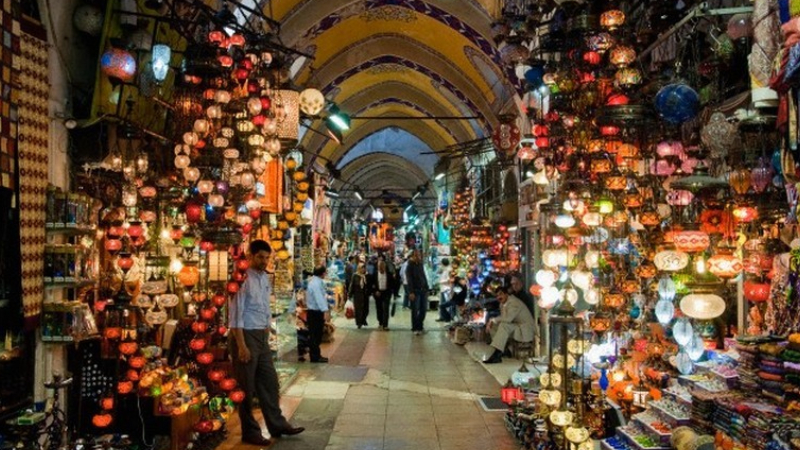
For souvenirs and more modern outfits, head to İstiklal Street in Beyoğlu. Here you’ll find international brands such as Zara and Mango, as well as Turkish alternatives such as Koton, Mavi, Derimod, and many more. Around Galata, you’ll find jewellery shops and boutiques selling lightweight scarves. In Çukurcuma, explore the creations of young local designers.
If clothing design is your priority, be sure to visit Nişantaşı, where boutiques such as Les Benjamins and Shopigo await fashion enthusiasts.
Come rain or shine, Istanbul’s large shopping centers are perfect refuges. The sales, which run from mid-December to early January, offer exciting opportunities at retailers such as Les Benjamins and Paşabahçe.
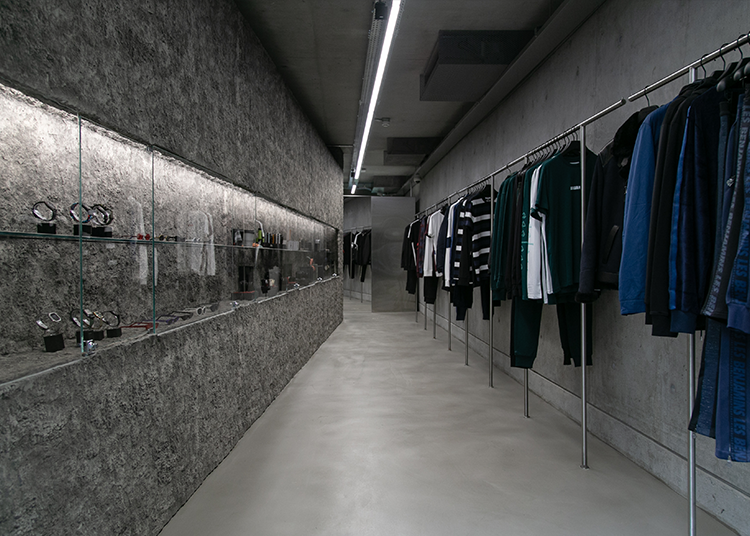
Istanbul Modern Cinema
Foreigners at the Oscars February 15-25
In the run-up to this year’s 96th Academy Awards, Istanbul Modern Cinema presents a selection of 10 films in the “Best International Film” category. This exciting category, within a hotly contested competition, is of particular interest to world cinema. The films in this category, representing different geographical and cultural areas, are Oscar-nominated films that stray from the Hollywood mainstream, despite having screened and won awards at numerous film festivals around the world. Highlights include first-time Oscar nominee “The Monk and the Gun”, representing Bhutan, İlker Çatak’s “The Teachers’ Lounge”, representing Germany, and Anthony Chen’s Singaporean “The Breaking Ice”, which premiered at Cannes.

VISIT THE AQUARIUM
Opened in 2011, the aquarium of Istanbul covers over 6000sqm, it is one of the largest in the world. There are over 10,000 sea creatures including giant rays, tiger sharks, and many other species. This is a very interactive museum benefiting from advanced technology. Following a geographical itinerary (via a water pipe of 80 meters) you will pass in 16 different universes from the Black Sea to the Pacific.
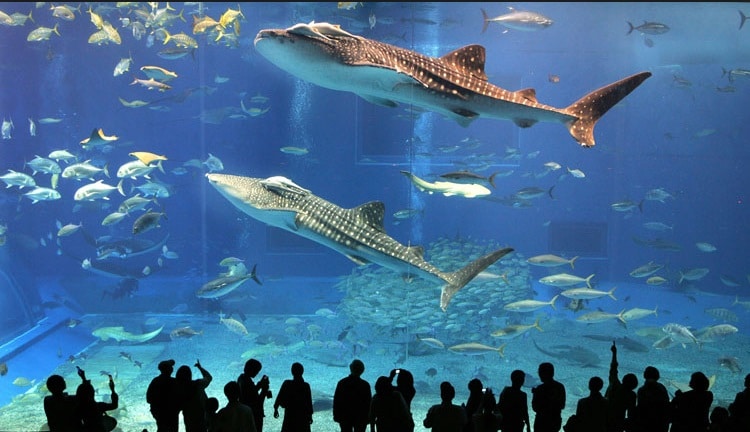
In addition to the aquarium section, you will find many activities such as feeding the fish, attend a 5D projection and many more.
It is a bit far from the city center but it is definitely worth a visit, and will easily occupy you a large part of the day (it also has several restaurants), perfect to please children.
Website: http://www.istanbulakvaryum.com/
Address: Şenlikköy, Florya Caddesi, Yeşilköy Halkalı Cd. No:93, Bakırköy, İstanbul
GO TO CAFES AND PLAY TAVLA (“BACKGAMMON”)
In Istanbul, you will see many people in small cafes playing tavla (backgammon). It is a national sport, in Turkey, everyone plays it. Do not hesitate to ask for help servers, they will explain to you the layout of the pawns or even the basic rules. In this kind of establishment, you can also request laying cards (kart).
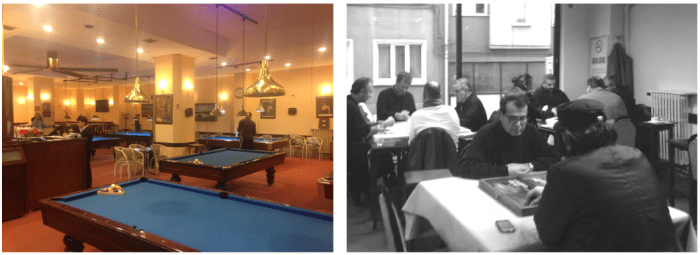
For a wider range of games you can go to the Ağa Cafe Bilardo Salonu in the district of Cihangir, in addition to the Turkish traditional games, it has pool tables and even a ping-pong room. The Cihangir district, a strong-hold of the intellectuals and designers of Istanbul, is also very nice.
GO TO A NARGILE CAFE
The nargile, or hookah in English, is a large water pipe used to smoke tobacco. It is possible to find all flavors (peach, mango, chocolate, apple…) and some places are dedicated to it. In this kind of coffee, you sit to smoke the hookah and you can also play Tavla (Backgammon) Here are some nice addresses:
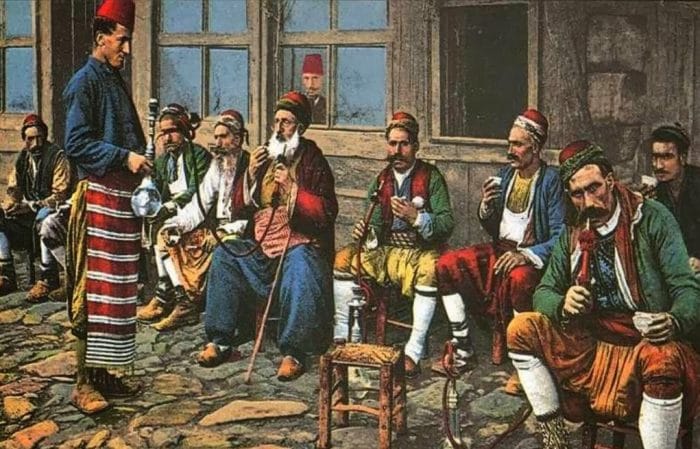
Kubbe’i Aşk, near the Süleymaniye Mosque on the historic peninsula, Papel Café not far from the Galata Bridge in Beyoğlu, and Üsküdar, if you’re going to Asia, we recommend Café Katibim overlooking the Bosphorus.
STROLLING TO THE GALATAPORT, ISTANBUL’S LAST CULTURAL AND ARTISTIC CENTRE
Take a day trip to the Galataport in the Beyoğlu district, and for the less chilly, a 1.2 km walk by the sea, open to the public. Formerly the passenger hall of Karaköy, Tophane and the Tuesday Market (Salı pazarı) and also the freight hall of Istanbul, Galataport is the latest major project of the city of Istanbul. A true hub where all kinds of activities are gathered, Galataport offers a cultural and artistic space where you will find historical monuments such as the Tophane Clock Tower, the Tophane Pavilion, the Nusretiye Mosque, a legacy of the city’s immaculate history, but also the Museum of Modern Art and the Museum of Painting and Sculpture. The area dedicates a part to the shops for tourists passing through the port as well as to the locals who wish to go shopping, and a living space with its cafes and restaurants in an incredible atmosphere.
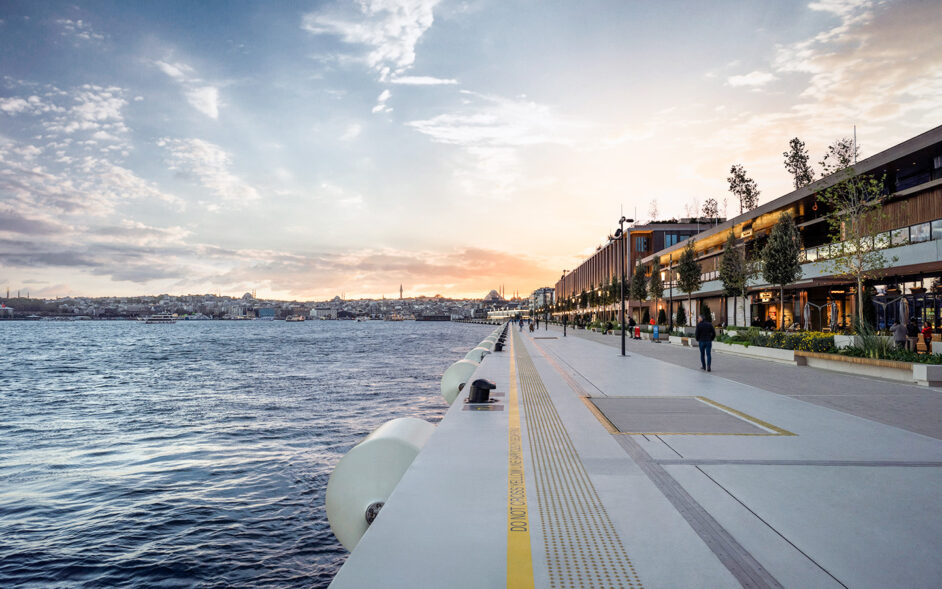
VISIT THE MUSEUMS
If the weather doesn’t cooperate, Istanbul is full of exciting museums to suit all tastes. After exploring the classic monuments, discover our selection of favorite museums for an enriching dive into history, modern art and much more.
*Our favorite museums in Istanbul.
EXHIBITIONS
Istanbul Modern Museum
In the new Istanbul Modern building, designed by Renzo Piano, you can explore permanent and temporary exhibitions, and watch subtitled Turkish and world cinema.
In February, take the opportunity to see Oscar-nominated films.
An exhibition featuring the photographic work of Turkish director Nuri Bilge Ceylan, winner of the Palme d’Or for films such as “Winter Sleep” and “Once Upon a Time in Anatolia”, is also underway.
Istanbul Modern offers a rich cultural experience for art and film lovers, featuring major works of local and international art, offering visitors diverse perspective
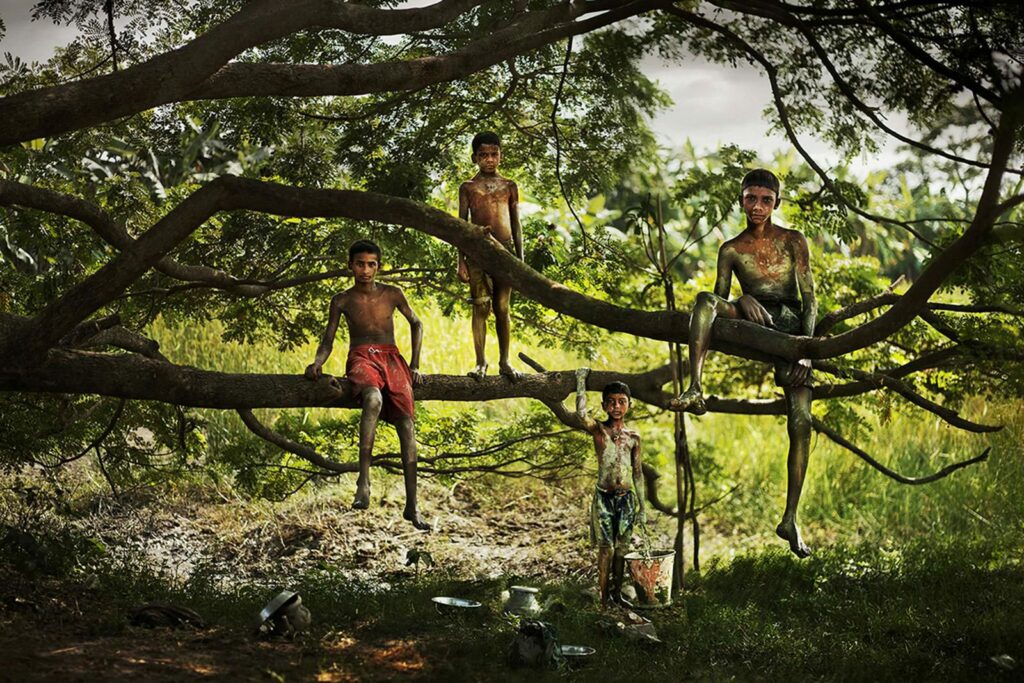
In addition to our culinary walk (culinary and cultural walk on two continents), and our other programs (guided tours), we can put at your disposal our guides to help you discover our city in depth. If there are monuments, museums and specific activities you want to do, do not hesitate to let us know, we are very flexible, you are on vacation and Istanbul is a city where anything is possible. We also organize tailor-made tours outside of Istanbul. For more information, contact us.
We wish you a pleasant stay in Istanbul! If you have any questions, do not hesitate to contact us.


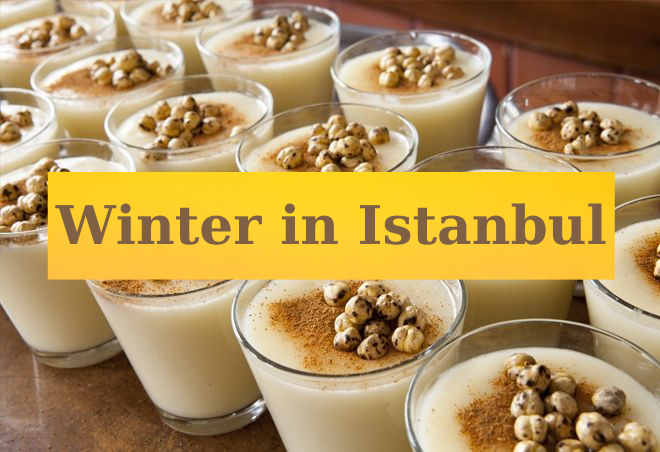
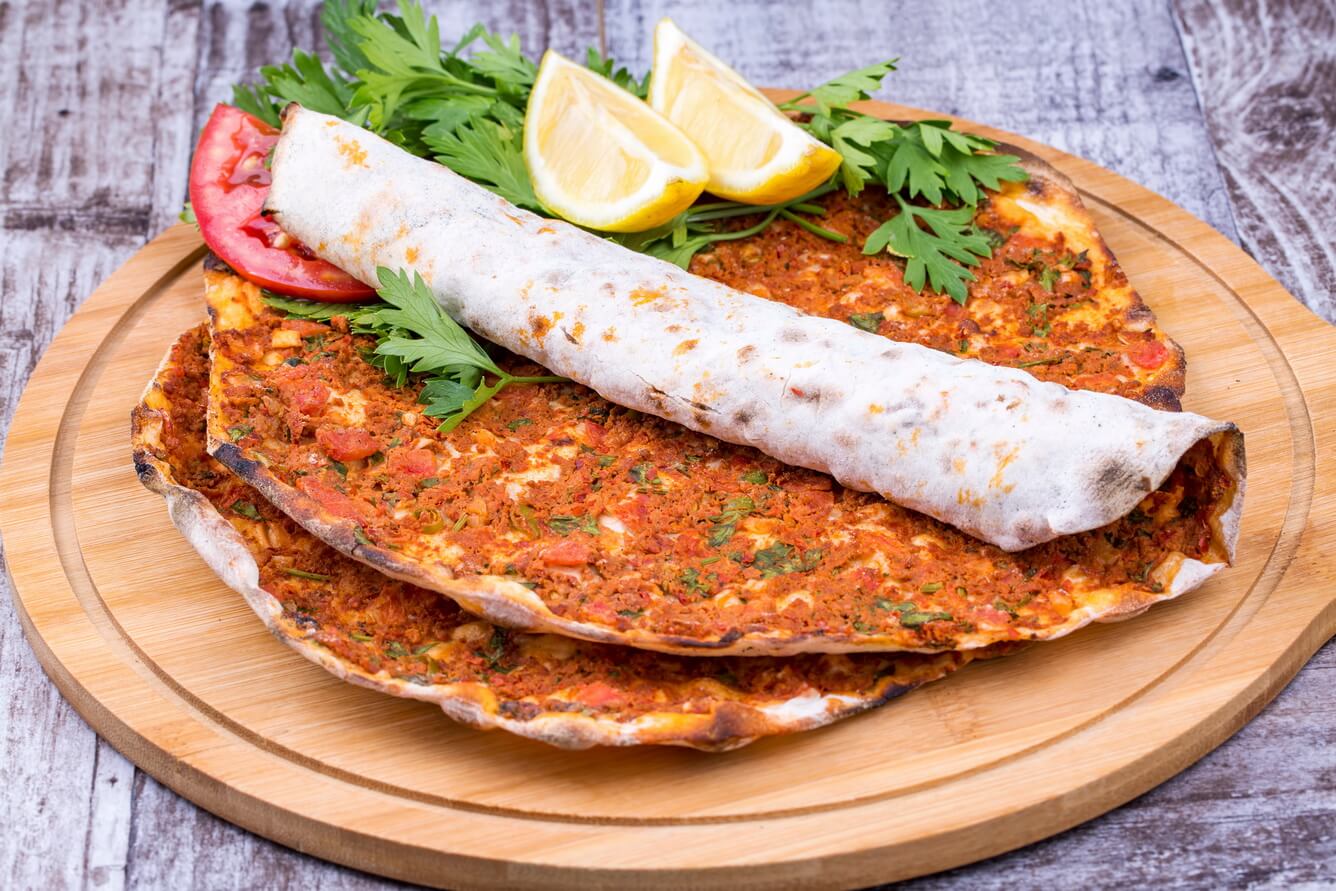
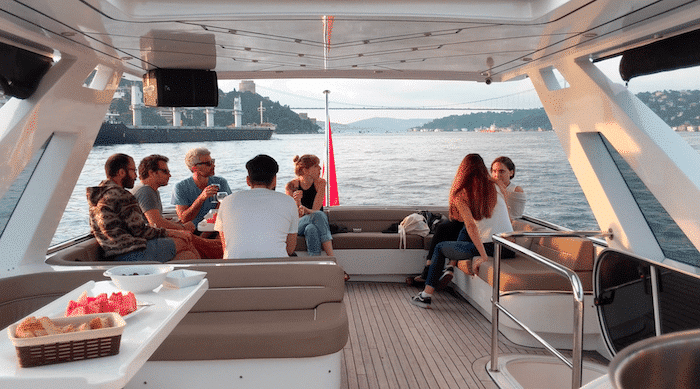
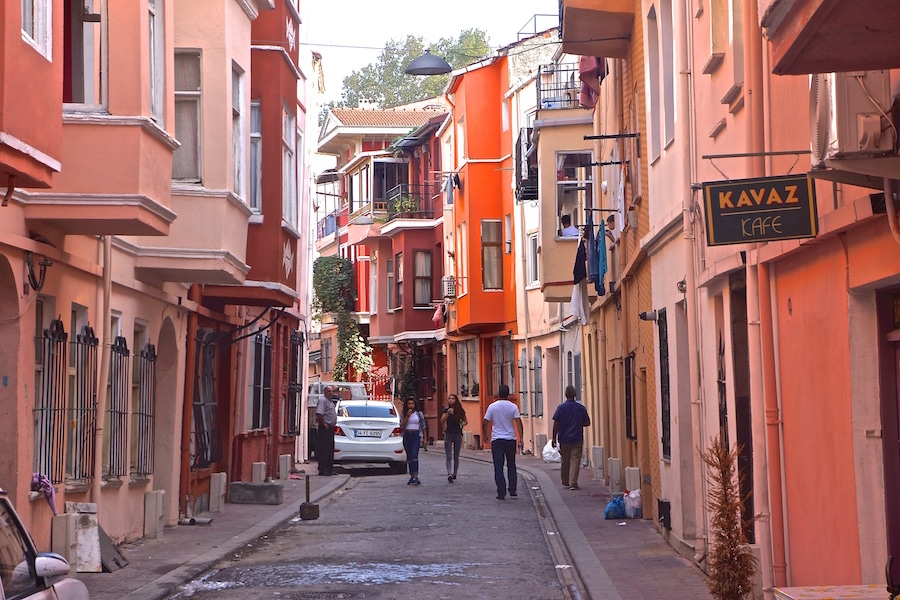
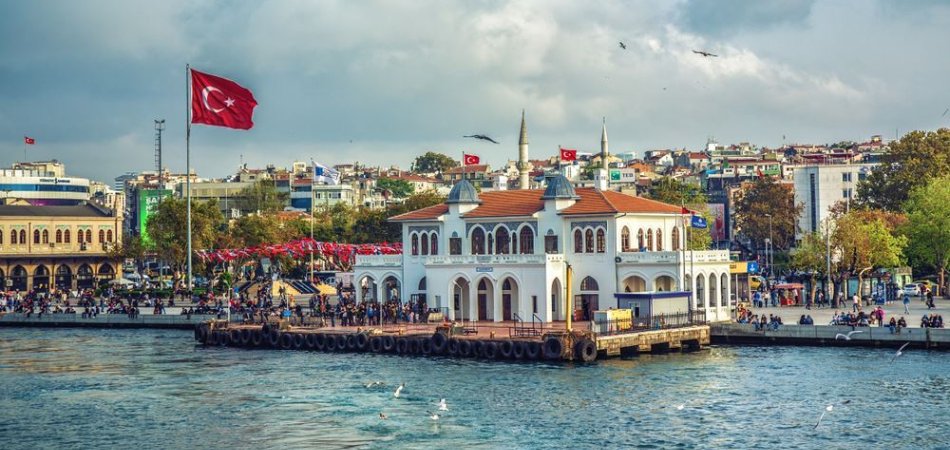
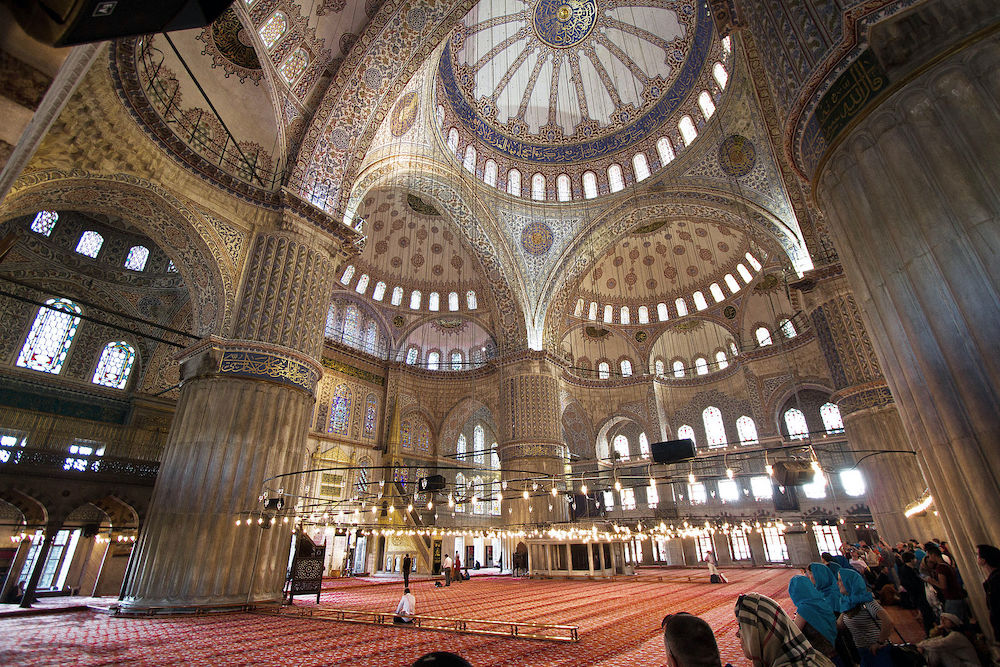
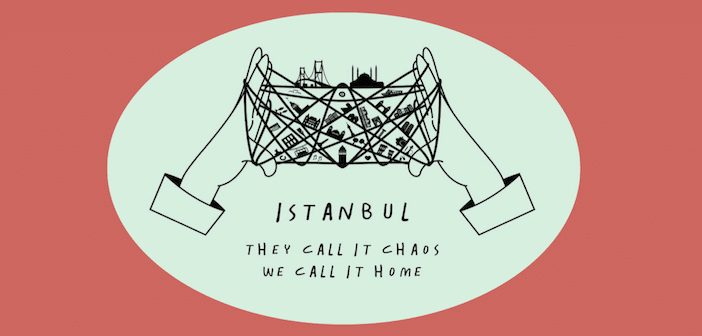

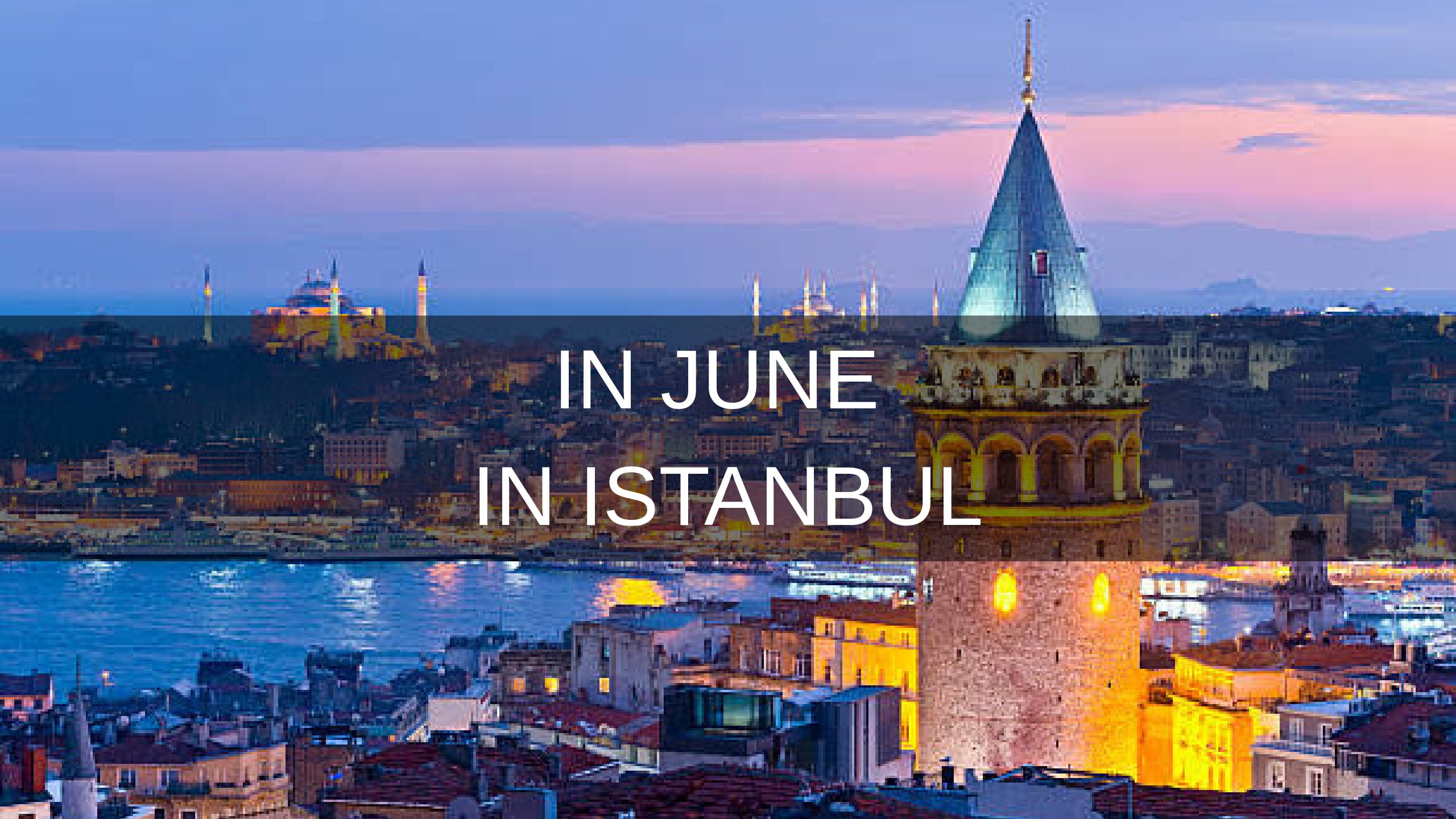
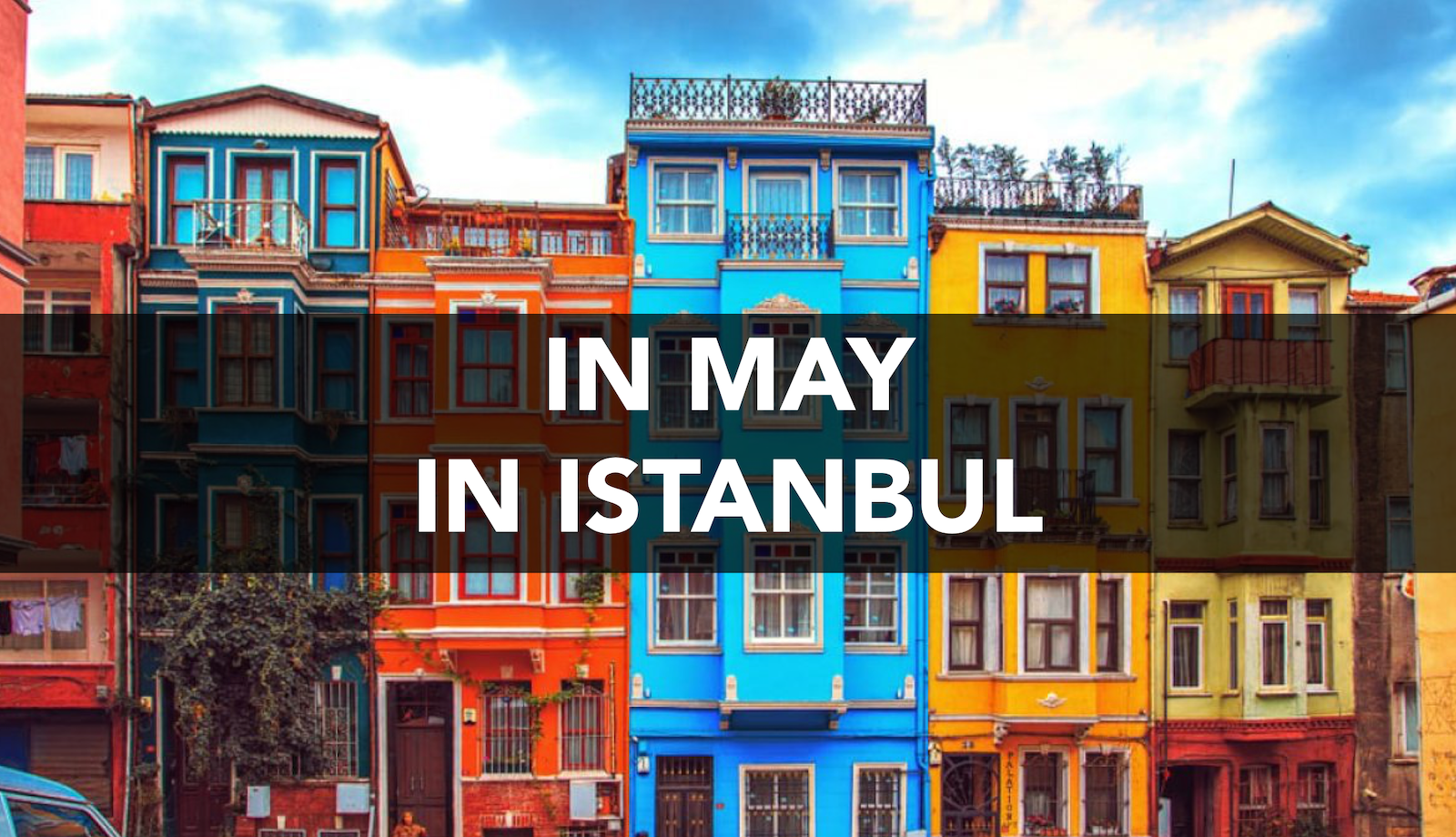
I hope to visit Istanbul in 2022.